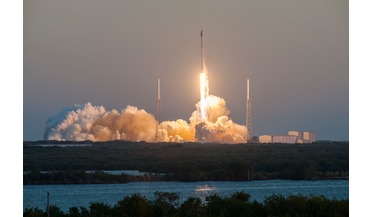 17 July 2017
New company seeks to shake-up satellite launch industry
17 July 2017
New company seeks to shake-up satellite launch industry
... of launches, while providing high frequency and scalable services from the U.S, to compete with other nations such as India, China, Russia and Europe who are racing to address current market needs. “Altogether, we made significant progress...
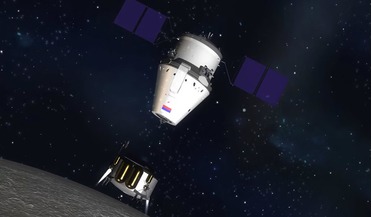 07 August 2017
Russia and China set to sign Moon exploration deal this autumn
07 August 2017
Russia and China set to sign Moon exploration deal this autumn
... that Glavkosmos are hoping to seek deals with, as the agency looks to the BRICS nations (Brazil, Russia, India, China and South Africa) with plans to create a unified system to remotely sense Earth. Glavkosmos is already in discussion...
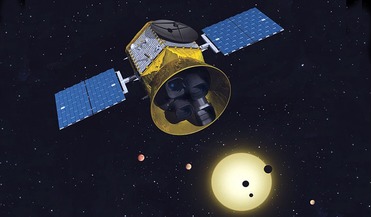 02 January 2018
2017 - What a year!
02 January 2018
2017 - What a year!
... 2 Infinity successfully launched its first rocket from the edge of space by hitching a ride on a balloon. Meanwhile India catapulted itself into the spaceflight history books by successfully launching 104 satellites on a single mission. It was also...
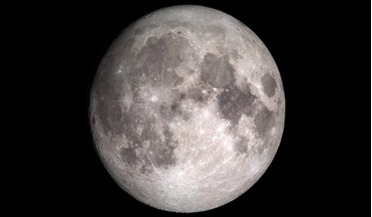 26 February 2018
More water on the Moon than previously thought
26 February 2018
More water on the Moon than previously thought
...that it was hidden away in permanently shaded craters near the poles. However, data gathered from both India's Chandrayaan-1 spacecraft and NASA’s Lunar Reconnaissance Orbiter (LRO), detected signatures interpreted as water in sunlight reflected from...
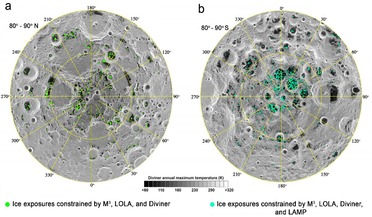 22 August 2018
Definitive evidence of water ice on the Moon's surface
22 August 2018
Definitive evidence of water ice on the Moon's surface
... of scientists in Hawaii. The discovery has been made by data acquired by the Moon Mineralogy Mapper (M3) onboard India's Chandrayaan-1 mission launched in 2008. In the past, both the Chandrayaan-1 spacecraft and NASA’s Lunar Reconnaissance Orbiter...
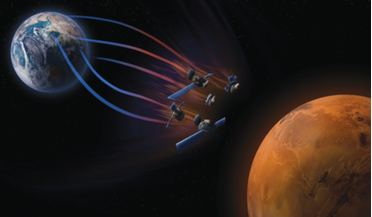 01 January 2020
What has been in 2019 and what is to come in 2020!
01 January 2020
What has been in 2019 and what is to come in 2020!
... astronomical discoveries. The race to the Moon, in one way or another, dominated the headlines throughout the year; India and SpaceIL and Israel Aerospace Industries (IAI) both strove to place their first lander on the Moon...